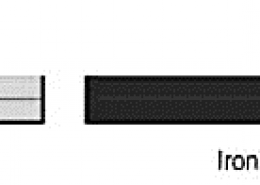Asexual reproduction involves the creation of offspring without the fusion of gametes. It produces genetically identical or nearly identical copies of the parent organism, commonly observed in bacteria, plants, and some animals.
Home/10th cbse sample paper 2023
Discussion Forum Latest Questions
Mayur Arya
Asked: In: Class 10 Science
Carbon compounds, also known as organic compounds, are molecules containing carbon-hydrogen bonds. They form the basis of life and include diverse substances like carbohydrates, proteins, lipids, and nucleic acids.
10th cbse sample paper 2023answer key of cbse sample paperbiology cbse sample paper 2023-24cbsecbse class 10 science sample question paper 2023-2024cbse sample paper 2024cbse sample paper class 10 sciencecentral board of secondary educationclass 10 cbse sample paper 2023 24physics cbse sample paper 2023
Mayur Arya
Asked: In: Class 10 Science
Gregor Mendel’s cross-breeding experiments with pea plants in the 19th century laid the foundation for modern genetics. His laws of inheritance revealed patterns of genetic transmission, contributing significantly to the understanding of heredity.
Prasant
Asked: In: Class 10 Science
Exposure of certain metals to sunlight may lead to photochemical reactions, causing oxidation or corrosion. Ultraviolet (UV) radiation can accelerate these processes, affecting the appearance and properties of the metal.
